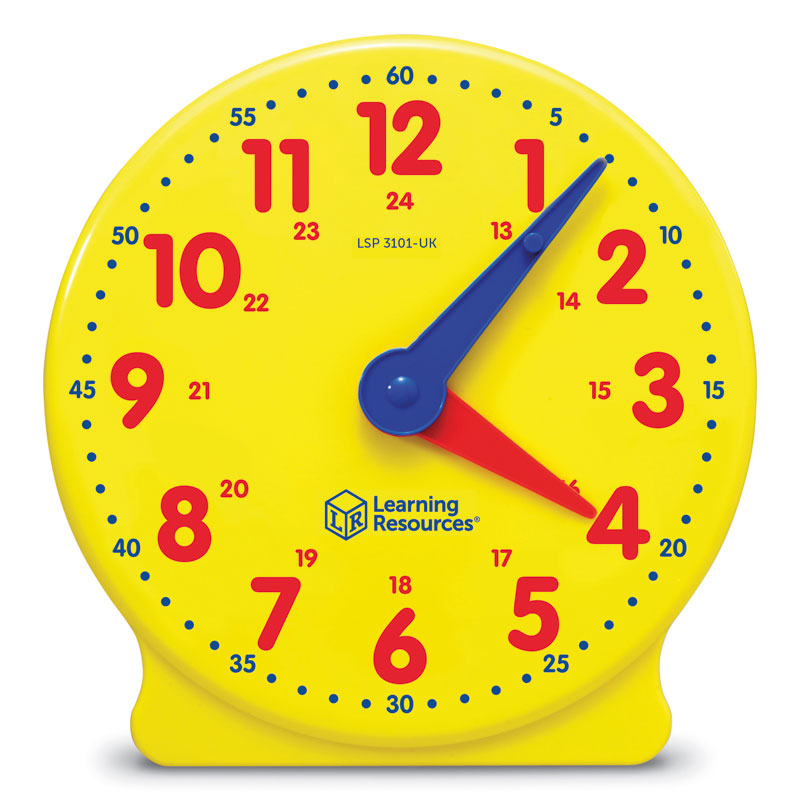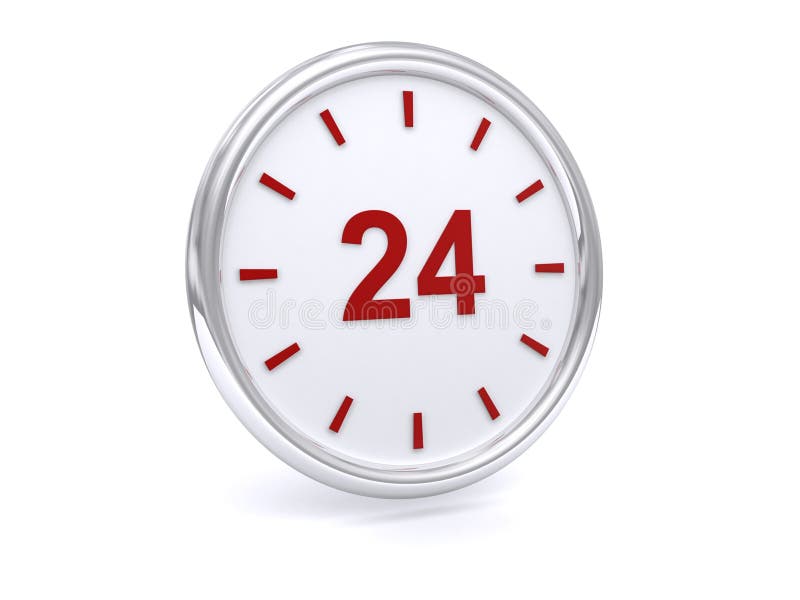


The dot in the digital clock is called a separator or a colon.
#24 HOUR CLOCK TIME NOW HOW TO#
How to read a digital clock? What is the 2 dots in the digital clock called?Ī digital clock is written with hour on the left side separated with a colon or dot then the minute. In some digital clocks, there is a 3rd part to denote the seconds passed. All digital clock should have 2 parts an hour part on the left and a minute part. If it is a 12-hour format clock, then the time is specified along with AM and PM to describe the time of the day. Most digital clocks displays the time in 24-hour format while other digital clocks display time in 12-hour format. The time of day is determined by reading the 24-hour clock incrementally from 0100 through 2400 with each hour corresponding to a unique hour from 1 through 24. You can use the toggle switch above the digital clock to switch between 12h/24h formats.Ī digital clock is a clock which displays time in numbers (1,2,3.). We used Glassmorphism visual style to get the rich User Experience.ġ2-hour & 24-hour(Military time) formats. What is our design elements and principles?Ī simple aesthetic online digital clock to show your time. That way, 20:00 becomes 8pm (time for dinner in Italy).We take the time from your browser using JavaScript Date object. Just remember: If the hour is greater that 12, subtract 12 and add a "pm" in your head. When speaking, however, Europeans might use either the 24-hour-clock number, or a 12-hour-clock number followed by the phrase (in local lingo) "in the afternoon"-so at 3pm, they may say "it's fifteen o'clock" (or, more usually, just "it's fifteen") or they might say "it's three in the afternoon." The day ends at 24:00 (that's midnight), after which there's a wee hour when the minutes tick off 0:01, 0:02, 0:03. Dinner may take place any time from 17:00 (Britain's 5pm repast) to 22:30 (Spain's 10:30pm feast). At noon they write 12:00, and when it gets to be 1pm they write 13:00, and then go take a nap (you gotta love riposo/siesta). They just refer to the morning hours like we do-9:00, 10:00, 11:43, etc. Most Europeans use the 24-hour clock-known to us Yanks as "military time," though you'll never hear an Italian bark out a phrase like "at oh-six-hundred hours," not even in Italian (and not just because few Italians are silly enough to be awake at that ungodly hour).

Also, the Cutty Sark is moored at the riverside and there are some bloody good pubs, including one hanging over the Thames). Greenwich, England-formerly a village which is now part of Greater London-is the world's official arbiter of what time it is, set by an atomic clock (you can take the Tube there-Jubilee line-and set your watch by the big digital display, which is placed right over a funny line drawn down the middle of the planet officially separating the East and West hemispheres. A side-by-side look at the 12 hour clock times and the corresponding military/24 hour clock times, provided exclusively by Military Time Chart. The British Isles (including Ireland), Portugal, and Iceland are all five hours ahead of EST (one hour behind the rest of Western Europe) and are all on GMT (Greenwich Mean Time). Greece, much of Eastern Europe (Turkey, Romania, Bulgaria) and Finland are all seven hours ahead. That means when it's 1pm in New York and 10am in San Francisco, it's 7pm in Paris. Most of Western Europe is six hours ahead of Eastern Standard Time (or one hour ahead of GMT, Greenwich Mean Time). What time is it in Europe? Time zones in Europe and dealing with the 24-hour clock


 0 kommentar(er)
0 kommentar(er)
